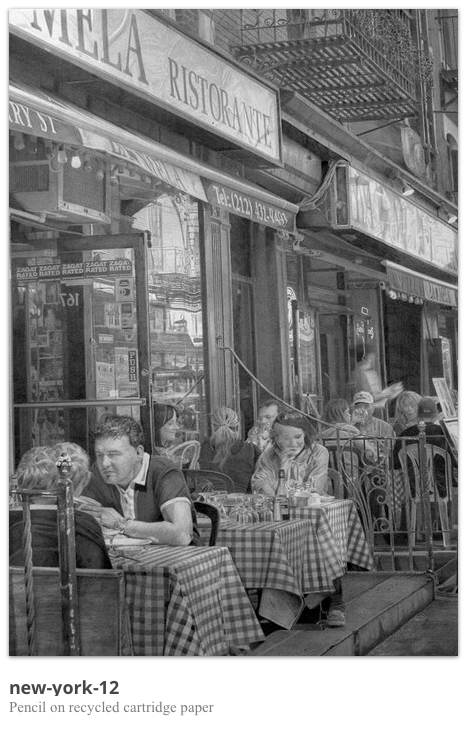Classic Artist - Leonardo Da Vinci
http://www.drawingsofleonardo.orgFor me when asked to specify a classic artist who is a great example of someone who demonstrates a mastery of drawing, there is no better example than Da Vinci - One of my all time favourites!
 |
| Peter Paul Ruben's copy of the lost Battle of Anghiari, c. 1603 |
Architect, inventor, artist, plumber were just a few of his skills. How someone can achieve what he did in one lifetime is beyond me. LDV was simply brilliant, and a true Master!
His compositions, depth to his images, the range of types of artwork from sketches to full on aster pieces are astonishing.
His drawing though was second to none, using a range of materials and mark making techniques to research and develop his studies.
 |
| An Artillery Park, c. 1487 |
The piece above, Artillery Park demonstrates his accuracy of line and shape in his drawings, as well as some hatching to show some tonal values. The battle scene at the top shows that he was more that capable of taking this further to create a full master piece using subtle colours. He wasn't afraid to really go dark when applying the darker tones and a picture, something I've noticed that I should also do. This tends to make the other tonal values stand out and give the piece as a whole more focus and presence on the page.
I like how he created study pages using different sections of the same subject, sometimes not even completing the whole subject 100%. I guess this shows what he was truing to develop without writing anything. I have to wonder if he actually made any mistakes?
Modern Artist - Paul Cadden
http://www.paulcadden.com
Now this guy can draw!! Artist who can achieve hyper-realistic results like this I take my hat off to.
Where do you start, it looks like a photograph it that good! It begs to question- If Da Vinci had a set of super fine high quality pencils and the same paper as Paul Cadden, how good would his art be then? I guess however the beauty of classic art is that is looks like art. You are never really fooled into thinking its a photo, as back then, they didn't exist. The likeness that artist like LDV achieved don't get me wrong are outstanding, but if I had the choice of a Da Vinci hung on my wall or a Paul Cadden which would I choose? Something to consider!
The seemingly faultless execute of skill in these pictures are amazing, but I guess have a photo to work from would help as I guess some of the great classic artist had to work from quick sketches and memory a lot of the time. So weighing it up, who is better?
Still unsure!
I have to admit to having a great admiration for work like this, the variety of tone achieved and pin point detail and textures. The lack of dark black in the left piece (NVA16) almost gives me the impression of a dusty, scruffy remote area and adds a unique effect that the other 2 don't have.
When asked to look at modern artists, I take that to mean anything from today and back over the past century. Was this right? Who knows but I'm sure a good debate could be had considering
Leonardo Da Vinci VS Paul Cadden.
Some other pieces to consider!


The variety of marks, techniques involved in producing work to this standard is mind-blowing. So much so that I'm really now sure where to start when breaking it down!!









